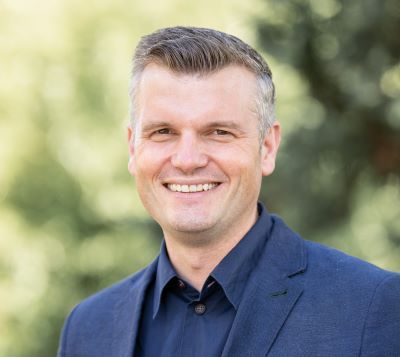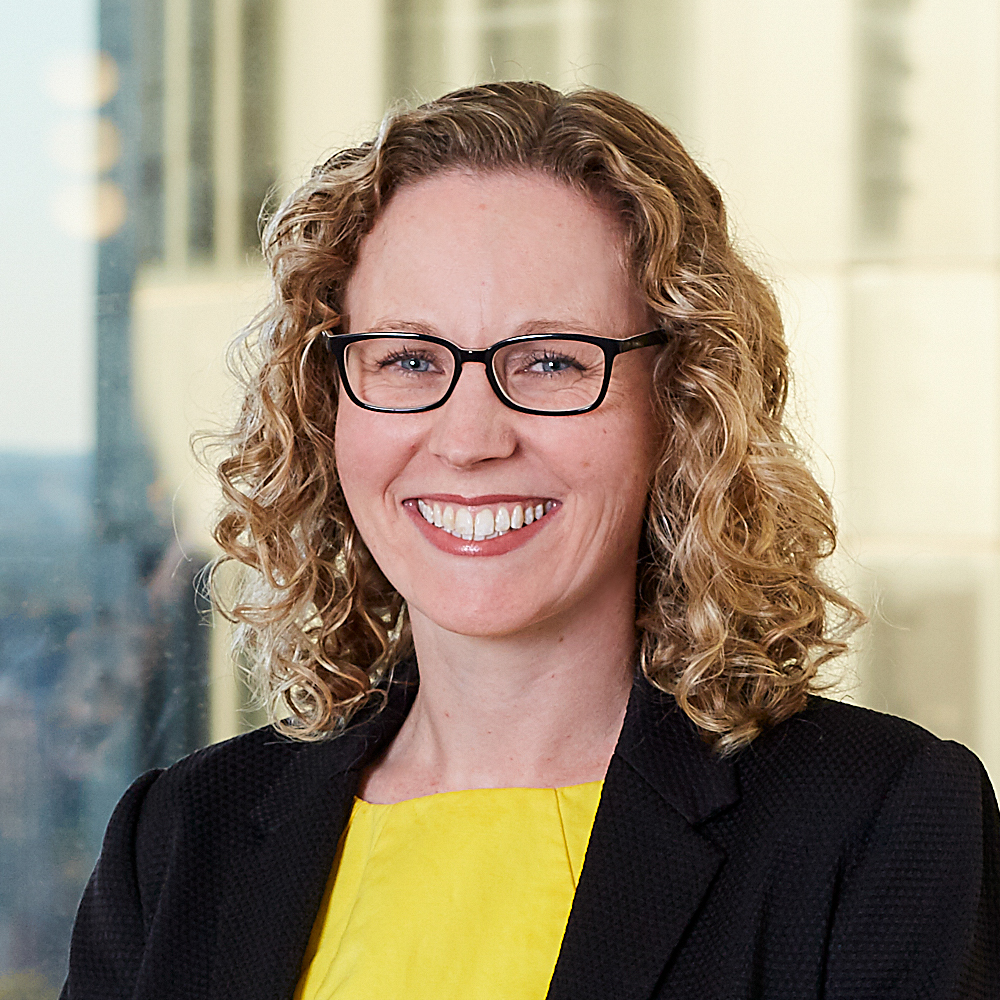
Powering up the impact investing market
Tom Hall, Global Head of social impact and philanthropy at UBS talks with SVA’s Suzie Riddell about how to catalyse the impact investing market.
 Listen to the podcast
Listen to the podcast
Tom Hall, Global Head of social impact and philanthropy at UBS and Suzie Riddell, SVA’s CEO had a far-reaching conversation which you can listen to in the podcast above. It covers insights about the future of impact investing globally, what SVA and UBS have learned in their work together and where to next in Australia.
Here are two of the questions that Suzie posed to Tom about UBS’s interest in impact investing and how catalytic capital can power up the impact investing market.
Suzie Riddell: What does UBS, the world’s biggest wealth manager, see as an opportunity in this area?
Tom Hall: Our clients are passionate about it. We have a million high-net-worth individuals. Two thirds of the world’s billionaires have a relationship with UBS. And 95% of them tell us that they want to use their resources and wealth which is their philanthropy, investing and operating businesses to lead or contribute to solving these big social and environmental issues.
People care. Sometimes that’s motivated out of genuine fear, say about climate change. Sometimes that’s driven out of a genuine desire to help, or a combination of both. The demand to address these issues is there.
Global capital pool
The pool of capital globally is about $US105 trillion. That’s a huge amount of money. We see data that about $US80 trillion of that is either already, or will be, in the control of women and next gen wealth holders. Again, they say that they want to see impact alongside financial return from their investing.

“… we see philanthropy and impact as a critical component to that.””
We want to be a whole service bank. Part of managing wealth is your legacy, is philanthropy. Not all the money that particularly first generation wealth creators have made over the last 20 years is going to go to the next generation. It’s being set up into foundations, institutes and trust-based philanthropy. We’re seeing it all over the world. So we want to be at the table advising on how to do that well.
For us, it is about having great products and services that appeal to that audience and growing our market share. And we see philanthropy and impact as a critical component to that.
I would add another dimension to that which is more macro. This is my personal view and not everyone in the bank would agree.
Preserve wealth
UBS as a wealth manager needs two things.
Firstly, to help people preserve their wealth. To do this you’ve got to be able to support them on transition risk, and their wealth losing its value because they’ve not thought about things, for example like climate change, and protecting stranded assets.
Wealth creation
The second more interesting thing is wealth creation. We’ve seen huge wealth creation in southeast Asia, in particular driven by good governance, good education, good health care systems.
“If you’re interested in seeing wealth grow everywhere… you should probably think about investing in it now.””
Why can’t we expedite that in other contexts and other emerging markets, and see huge prosperity that will help the whole world grow? It’s estimated that if we can meet the sustainable development goals, for example, we’ll get 380 million new jobs and $US12 trillion of additional value to the global economy.
If you’re interested in seeing wealth grow everywhere, then you want to manage that, and you should probably think about investing in it now.
That’s why part of my role is bringing together corporate philanthropy, leveraging it with client philanthropy, and using both pools of capital to catalyse potential, long-term, sustainable, investable opportunities that really drive measurable impact.
Suzie Riddell: There’s lots of opportunities where you could get a commercial risk-adjusted return in financial terms, as well as social and often also environmental impacts. Those things will hopefully grow very, very quickly.
But there’s other circumstances where it’s not going to be possible to get a commercial risk-adjusted return.

I’ve heard you challenge people on some of the terms that are out there, like sub-market or concessional or trade-off. How do you prefer to frame that?
Tom Hall: Instead of saying concessional, I call it catalytic. We have to be honest that yes, you can get a market risk-adjusted return and impact. There’s a trillion US dollars of Global Impact Investing Network estimated impact investment out there, the vast majority in developed markets.
The truth is that unless we move capital to emerging markets, we won’t meet the sustainable development goals, and we won’t transition to a low carbon economy.
Eighty per cent of emerging markets are not investment grade. That means capital doesn’t flow, because the risks are seen to be too high.
So how do you get a market risk-adjusted return in that context? You don’t!
Or you try and you charge.
The classic example I give is student lending. Young women in countries like Rwanda, Colombia, or the Philippines are being charged 40% annual percentage rate to get a loan to help them go to university where they can increase their income 10 times (which is what happens, if you do the right course.) If you do it fairly, thoughtfully, and it goes into the right kind of investment, then we see amazing ROI.
Catalytic capital brings capital cost down
But how do you bring the cost of that capital down?
This is where using catalytic capital to structure investments can give different investor audiences the returns, the impact and the risk profile that they’re looking for.
“Who’s getting their market impact risk-adjusted return in that context? Everyone.””
We were just working on $US40 million in income share agreements for student loans mainly focused in Africa, but looking to scale to Asia.
Roughly 30% is catalytic capital from philanthropists taking a first loss position. There’s another 20% from academic institutions who offer a guarantee; they’ll pay if the students don’t pay. So they’ve got skin in the game too, which is innovative.
Basically, you’ve got 50% capital protection. Then you’ve got an institutional layer coming in lending at between 4 to 7% (not 40%) because it’s got this huge de-risking exercise.
Who’s getting their market impact risk-adjusted return in that context? Everyone.
The catalytic philanthropy is looking for impact. Even if they’re getting lower than others think they should be getting for that catalytic tranche (maybe it should be 25% and they’re only getting 9%). That’s still attractive, because they’re being levered.
The institutional investors have now got a new asset class that they didn’t know existed. And they’ll find that the repayment profile of these young women all over the world is amazing; they often repay their student financing much faster than people expected.
We were building out a new asset class that people didn’t realise existed before. We understand its risk profile. And it could scale into the hundreds and hundreds of billions, and be that holy grail of a market risk-adjusted return.
“If you’re taking a catalytic position in an impact investment, what you’re gaining is either leverage or impact.””
Unrealised impact benefits
It’s important not to think about losing something by subsidising. If you’re taking a catalytic position in an impact investment, what you’re gaining is either leverage or impact.
The other way to encourage people to think about impact is that there’s many impact investments that have an unrealised impact upside, i.e. we might be investing to address, say, biodiversity. But we’re going to grow the economy as a result. Or we’re going to help people get better jobs.
So perhaps the government in five years’ time sets up a payment by results contract for employment. Suddenly, your marine protected area can now get revenue from employment contracts.
You can’t raise capital on that basis at the beginning, but in the future, you might be able to. We’re starting to see these things emerge and you almost want to price that value in.
“We should be encouraging people to think of the impact as valuable.””
Investors valuing the impact
Or another way of looking at it is that investors themselves value the impact.
We should be encouraging people to think of the impact as valuable. Maybe it’s quite hard to do that purely in a monetary sense, and maybe it’s not necessary. If you’re marketing an investment that’s slightly lower yielding but has deep impact then the right potential investor can do that pricing in their own minds.
Suzie Riddell: What you’re describing is such a mindset shift: to go from, ‘why should I as a philanthropist subsidise an institutional investor to earn more than I am’, to a mindset around leverage.
‘How much more impact can I have with the same amount of dollars, if I invest as a catalytic investor through these vehicles that may grow the type of impacts that could come in the future.’






